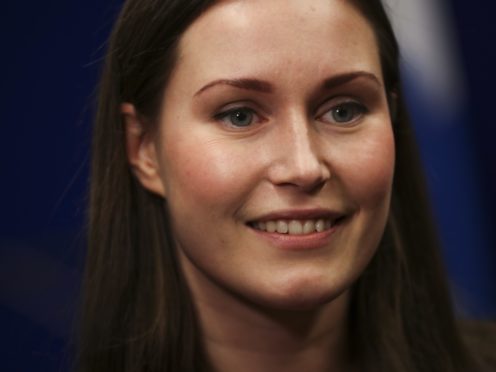Finland is offering a free-of-charge online course in artificial intelligence for European Union citizens in their own language.
The Nordic nation, headed by the world’s youngest head of government, Sanna Marin, will mark the end of its rotating presidency of the EU with a highly ambitious goal.
Finland is aiming to give practical understanding of AI to 1% of EU citizens — or about five million people — through a basic online course by the end of 2021.
Finland's gift to Europe: the Elements of AI! As its presidency gift to Europeans, the Finnish state provides the free online course by us and @ReaktorNow, translated to all official EU languages. #EU2019FI #ElementsofAI #EU #AI #HelsinkiImpact @EU2019FI https://t.co/F15Ks2aM8L
— University of Helsinki (@helsinkiuni) December 10, 2019
It is teaming up with the University of Helsinki, Finland’s largest and oldest academic institution, and the Finland-based tech consultancy Reaktor.
Teemu Roos, a University of Helsinki associate professor in the department of computer science, described the near £1.5 million project as “Finland’s gift to Europe” and “a civics course in AI” for every EU citizen to cope with the society’s ever-increasing digitalisation and the possibilities AI offers to the job market and elsewhere.
The course covers elementary AI concepts in a practical way and does not go into deeper concepts like coding, he said.
“We have enormous potential in Europe but what we lack is investments into AI,” Mr Roos said, adding that the continent faces fierce AI competition from digital giants like China and the United States.
Massive online course on the basics of AI praised by President Macron 🇫🇷 and Google CEO Sundar Pichai to launch in all EU countries. The course #ElementsofAI by @helsinkiuni and @ReaktorNow is Finland’s EU presidency gift #eu2019fi 🇪🇺pic.twitter.com/QnpmrGWcJw
— Teemu Roos (@teemu_roos) December 15, 2019
Timo Harakka, the Finnish minister for transport and communications, said last week that the country wants “to equip EU citizens with digital skills for the future and … to give a boost to the digital leadership of Europe” through the project.
The initiative is for paid by the Finnish ministry for economic affairs and employment, and officials said the course is meant for all EU citizens whatever their age, education or profession.
Since its launch in Finland in 2018, “The Elements of AI” has been phenomenally successful – the most popular course ever offered by University of Helsinki, which traces its roots back to 1640 – with more than 220,000 students from more than 110 countries having taken it so far online, Mr Roos said.
